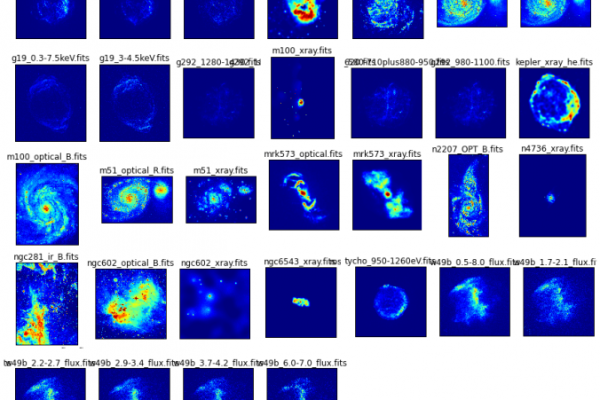Some Analysis with Astronomy data (in Python)

The following figure shows the median FITS file computed from the above FITS files using the binapprox algorithm.
2. Cross-matching
When investigating astronomical objects, like active galactic nuclei (AGN), astronomers compare data about those objects from different telescopes at different wavelengths.
This requires positional cross-matching to find the closest counterpart within a given radius on the sky.
In this activity you’ll cross-match two catalogues: one from a radio survey, the AT20G Bright Source Sample (BSS) catalogue and one from an optical survey, the SuperCOSMOS all-sky galaxy catalogue.
The BSS catalogue lists the brightest sources from the AT20G radio survey while the SuperCOSMOS catalogue lists galaxies observed by visible light surveys. If we can find an optical match for our radio source, we are one step closer to working out what kind of object it is, e.g. a galaxy in the local Universe or a distant quasar.
We’ve chosen one small catalogue (BSS has only 320 objects) and one large one (SuperCOSMOS has about 240 million) to demonstrate the issues you can encounter when implementing cross-matching algorithms.
The positions of stars, galaxies and other astronomical objects are usually recorded in either equatorial or Galactic coordinates.
Equatorial coordinates are fixed relative